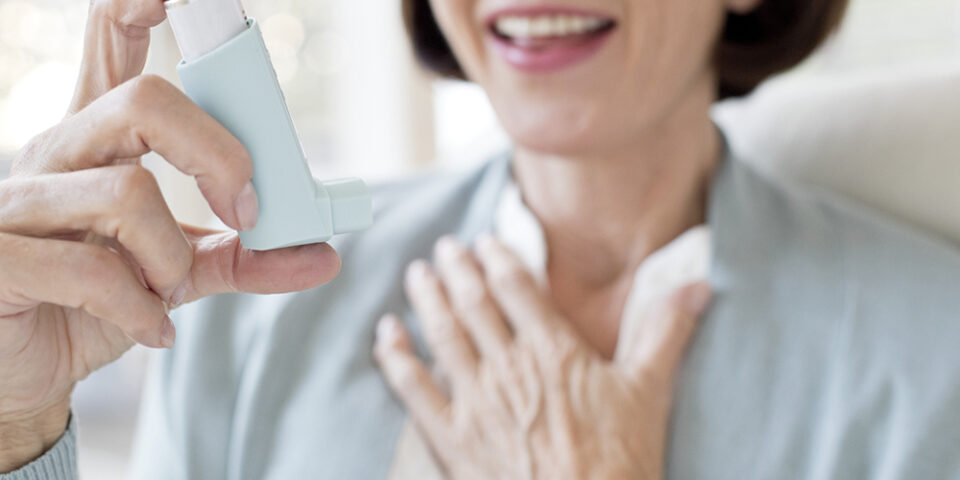Tips for managing COPD during seasonal changes
If you have chronic obstructive pulmonary disease (COPD), changing seasons can cause a flare-up of symptoms. Cold air can irritate the airways and cause a constriction of the airways, leading to increased shortness of breath and coughing. Humid air can feel heavy and cause mucus to become thicker and more difficult to clear from airways. Changes in weather patterns can also lead to increased levels of air pollution and allergens that can affect your breathing. Managing COPD can feel much more difficult when the seasons change.
Although weather changes are not something you can control, there are steps you can take to avoid flare-ups. Respiratory therapist Kim Hoerning explained four factors you need to be aware of so you can better manage COPD during seasonal changes.
Air quality
Outdoor and indoor air quality can affect your breathing if you have COPD.
“As the weather outside gets colder, people tend to stay indoors and keep their houses closed up,” Hoerning said. “This can increase exposure to indoor irritants, such as dust, smoke and pet dander.”
To improve your indoor air quality, here are some steps you can take:
- Use exhaust fans while cooking
- Avoid candles and fireplaces
- Use electric heaters
- Avoid chemicals such as air freshener and harsh cleaning products
- Use vinegar water to clean
She also recommended going to the website airnow.gov and entering your Zip code to get a rating for outdoor air quality. Keep outdoor work and activities for days with good air quality. On bad air quality days, wear a mask outside or stay indoors.
Changing dew points
“Dew points are the amount of moisture held in the air,” Hoerning said. “Dew points change often during season changes.”
This can cause bronchospasm, or a constriction of the airways, in people who have COPD or asthma. Dew points are often seen in the morning or evening, which you’ll notice because your windows may have moisture or ice on them.
“The best way to deal with changing dew points is to always carry your rescue inhaler around with you,” Hoerning said.
Humidity
Too much or not enough humidity can make it more difficult to breathe in someone with COPD. Hoerning recommended keeping humidity in the 30-50% range to help reduce shortness of breath associated with humidity.
“If you’re indoors and your air conditioner is running, humidity levels will stay in the comfortable range of 30-50%,” Hoerning said. “As the weather cools, the air will begin to get drier, and it may be necessary to use a humidifier in your home to aid in the process of breathing.”
To measure the humidity in your home, you can use a hygrometer, which looks very similar to a thermometer except it is measuring moisture content instead of temperature.
Respiratory illnesses
Winter is the season for respiratory illnesses such as flu, RSV, pneumonia and COVID, so now is the time to talk to your doctor and see if you are up to date on your vaccines. Be sure to use good hand hygiene by frequently washing your hands or using hand sanitizer. Also, manage your COPD by taking your medications as directed by your health care provider.
For other tips on managing COPD, check out this podcast on Flourish.
Find a doctor
Whether you’re looking for a primary care physician or need to see a specialist, we’re here to help with experienced, compassionate care near you.
Find a Doctor

